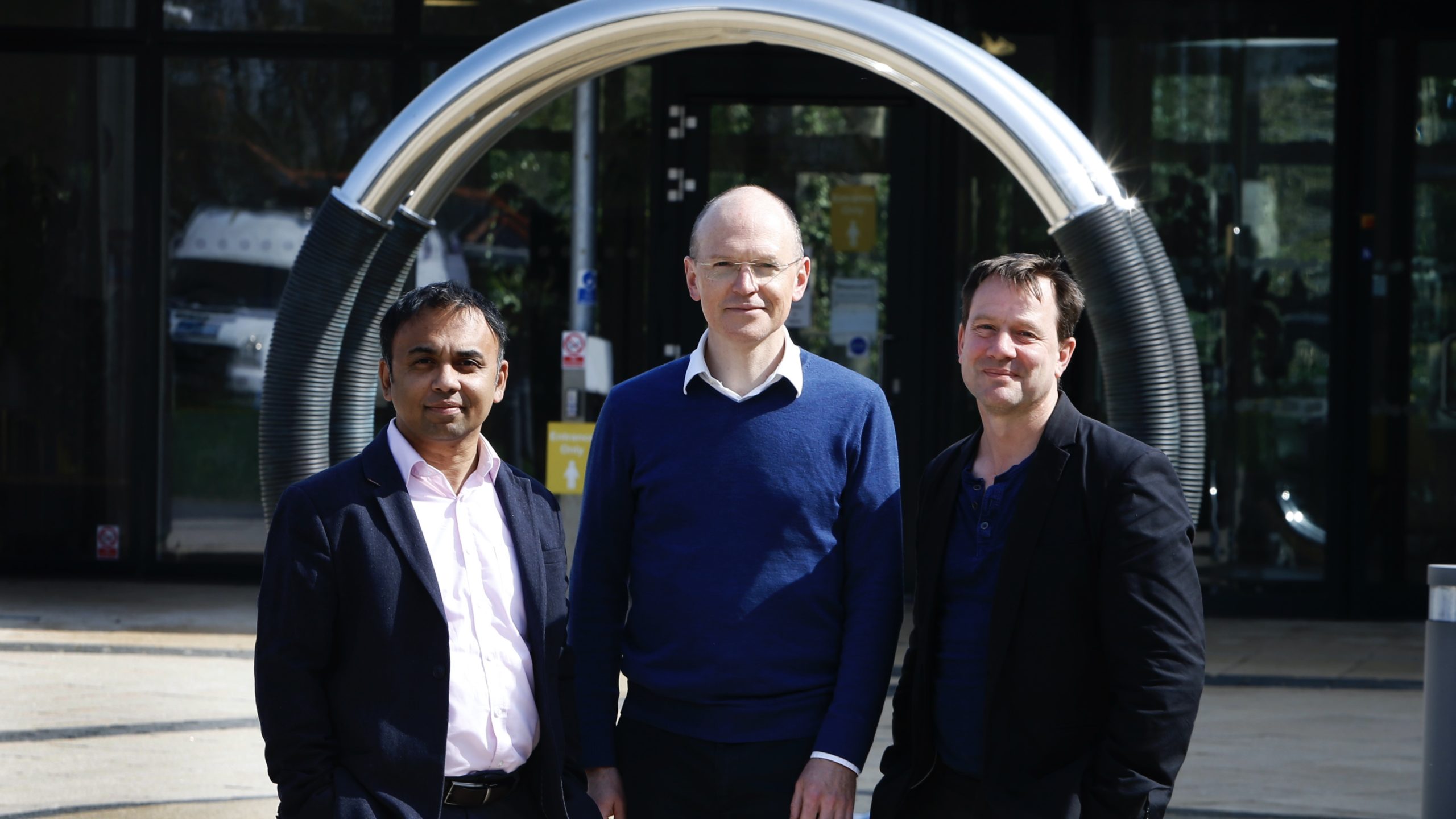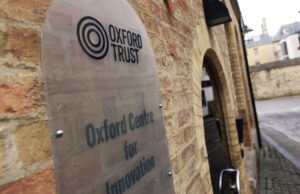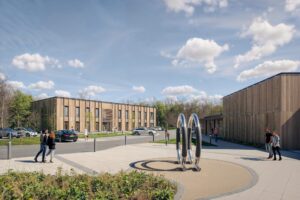Five minutes with James Peach, Co-founder & CEO at Human Centric Drug Discovery
April 11, 2022

Starting with migraines, Human Centric Drug Discovery is relying on human data to find a new generation of drugs to treat brain disorders.
Doctors face major problems when it comes to treating migraines and pain. There are new drugs available, but they do not work for all patients and, in some, they can become addictive and even make the pain worse.
Human Centric Drug Discovery is aiming to change this from the laboratory it has just moved into at the Wood Centre for Innovation in Headington, run by The Oxford Trust.
The business combines three aspects. Its academic co-founders, Professor Zam Cader and Professor Caleb Webber, combine their areas of expertise in growing brain cells and understanding genetic data to identify which cells change in the disease, and find the exact cellular mechanism causing the symptoms. The company is able to grow and genetically engineer brain cells so that they are overly sensitive to stimuli, as found in migraine sufferers. But this requires specialist cell culture lab space and shared facilities, which attracted the team to the Wood Centre for Innovation.
The third part of the business is going through large scale health records, such as the Clinical Practice Research Datalink, to see if there are any drugs diagnosed for non-headache conditions that have the unintended effect of the brain disorder, as the company’s co-founder and CEO James Peach explains.
“The CPRD collects data on treatments and outcomes from GP practices for around a third of the people in the UK,” he says.
“As much as we like to think all prescription drugs are precision drugs, very few of them do just one thing, they can have effects throughout the body. So, what we can do by looking at this primary care database is say, “You’ve been given this drug for heart disease, it’s actually curing your headaches,” because we can see in primary care that you had a series of headaches, and then you don’t have them anymore after taking this medicine.”
“So we know from the health records which drugs are safe and effective, and we can combine this with the genetic data and lab work to identify the mechanism they’re working through, and develop drugs that precisely target that mechanism. We start in migraine and pain but this approach works for any common brain disorder, so Parkinson’s disease is next.”
The company has already found 19 drugs that “cure” the migraine cell models, and are more effective than current migraine drugs in the health records. The next step is to isolate the mechanisms and develop new drugs against it. These new drugs are much more likely to make it to patients, as the company is using a mechanism that has been proven in the human cells, the genetic analysis and the health record data.
It is a long process. Peach realistically predicts the time to get a much more effective pill for migraine sufferers approved is likely to take until 2030, given the necessary effectiveness and safety trials in patients. However, as this work is progressing, the company also intends to start work on other brain conditions, including other types of pain such as arthritis and dementias such as Parkinson’s, as part of a concerted bid to improve drug discovery for neural diseases.
As it widens the search, the big point of differentiation in the company’s research process will remain the “Human Centric” approach reflected in its name. More than any other drug discovery business, it starts the search for new treatments through understanding human data.
“We are using more human data than other people,” says Peach.
“We’ve got the human data from the cells, the human data from genetics, the human data from the real-world GP database. And we are trying to change the way researchers do drug discovery in brain disorders because, sadly, it doesn’t work very well right now. We think we can make it better and that’s all down to the fact that Zam and Caleb are exceptional at growing brain cells and understanding brain disorders.”
The business has moved into the Wood Centre for Innovation in Headington in March 2022 because, as Peach surmises, the Centre offers more scope for science compared to a more general office space provider.
“We came to the Wood Centre because it has a well-designed lab suite for the cell work we do, so it’s got the right facilities for us,” he says.
Now they have moved in, the team of three is expected to grow to eight this year as the company pushes ahead with its research. In parallel, Human Centric is raising growth funds through a funding round during the year ahead. Seed funding, to date, has come from Oxford Science Enterprises (OSE).
For more information on Human Centric Drug Discovery, see here.
To find out more about our innovation centre, follow the links for the Wood Centre for Innovation and its sister centre, the Oxford Centre for Innovation.
Update October 2022: All-female lab team appointed
Human Centric Drug Discovery is excited to now have their full lab team in place. An all-female, multinational team will be using their expertise to help find a new generation of drugs to treat brain disorders, such as migraines and Parkinson’s Disease. HCCD’s approach to drug discovery draws from multiple sources of data – data from laboratory cell culture, data from genetics, and data from real-world health system databases. This multi-faceted approach is refining the pipeline to successful therapeutics.



